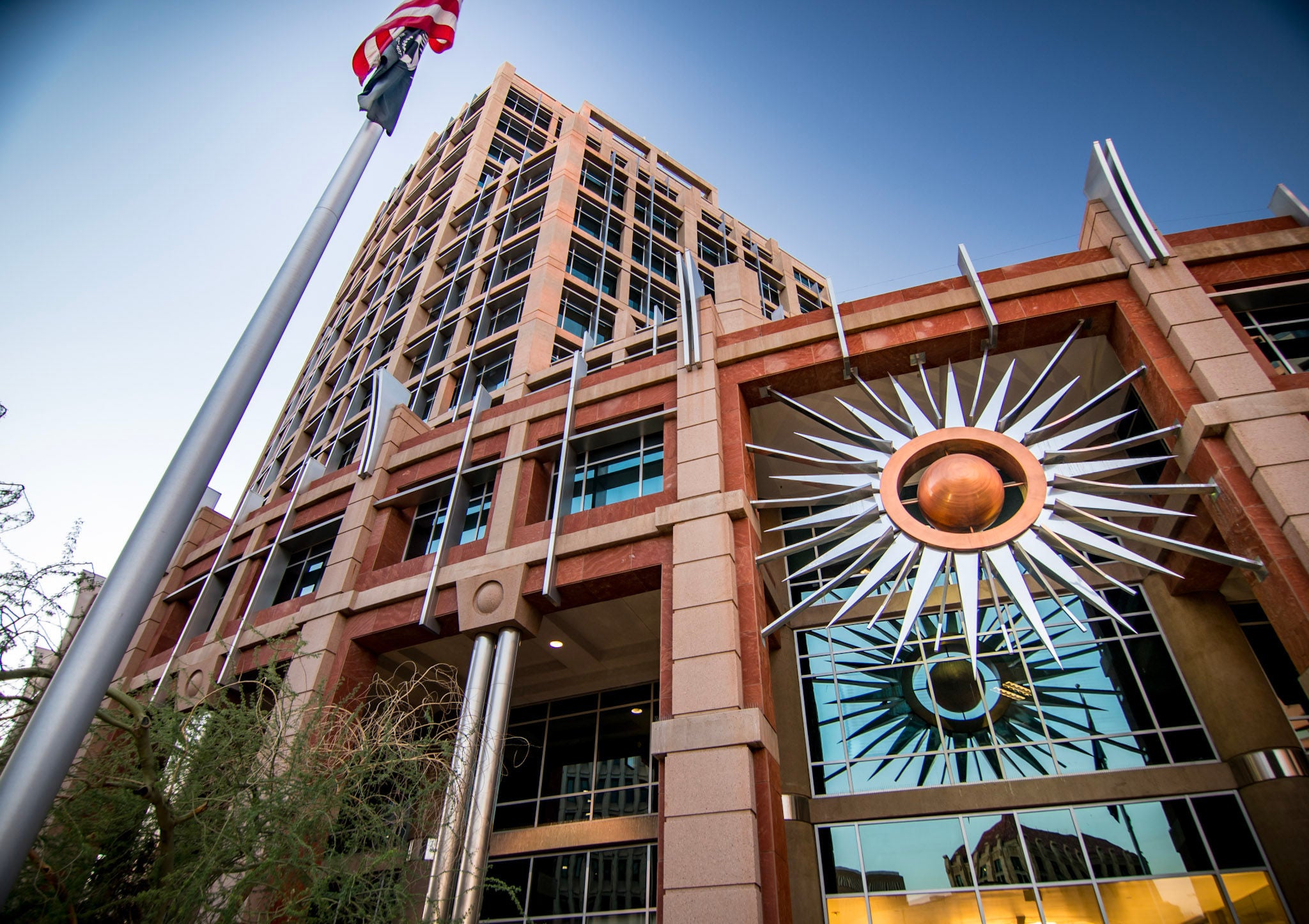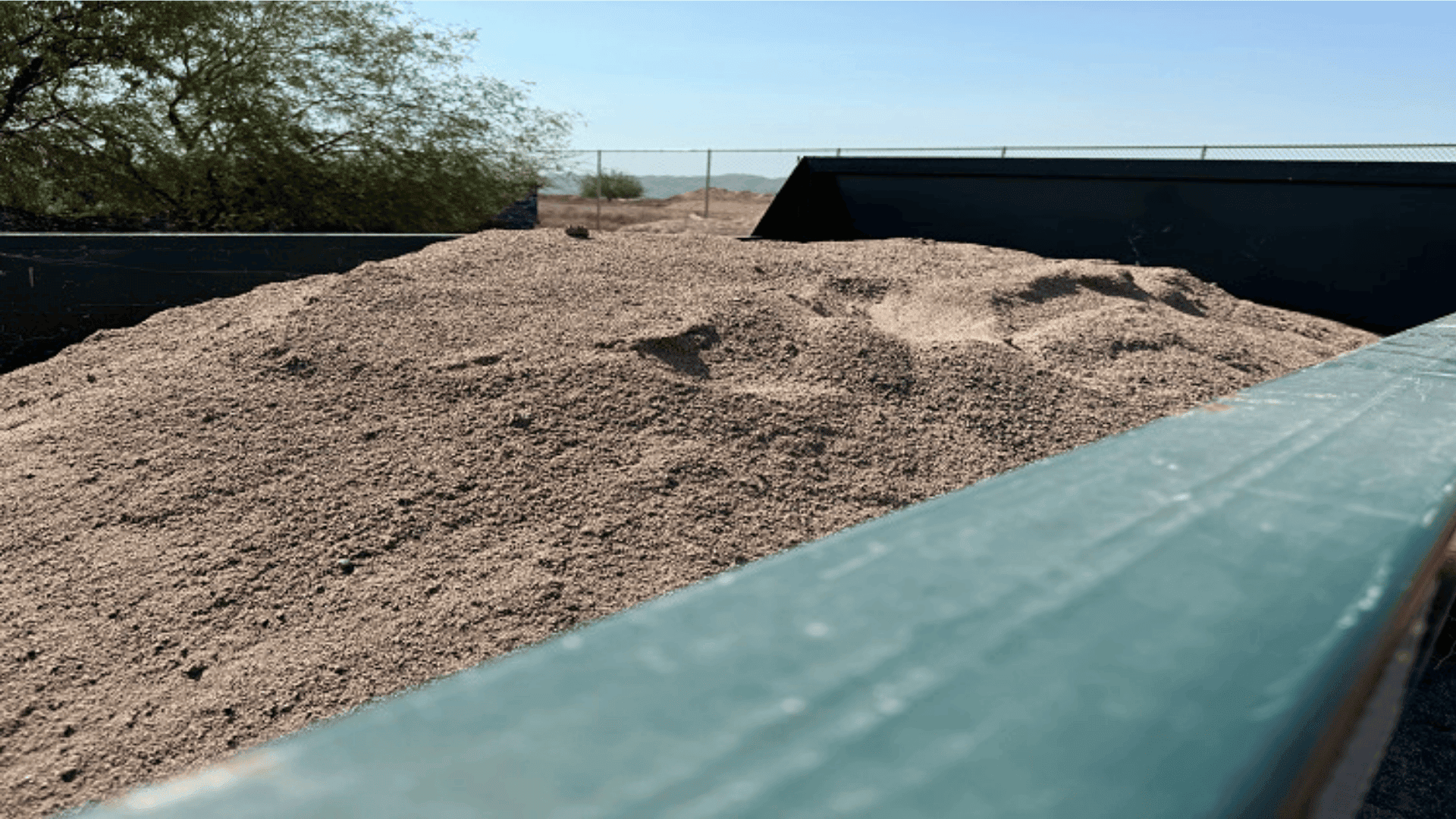Phoenix launches a Citywide food drive to assist residents experiencing food insecurity during the holidays.

Overview
We work with other city departments, local, state, and federal government agencies, the private sector, and community stakeholders to advocate for preparedness, prevention, response, recovery, and mitigation.
The City of Phoenix Office of Emergency Management protects communities by coordinating and integrating all activities necessary before, during, and after any natural disasters; acts of terrorism; or other manmade disasters. The staff of the Office of Emergency Management takes these threats and hazards seriously. We are committed to ensuring continuity of City government and readiness for emergency operations with the safety and well-being of citizens of the City of Phoenix in the forefront of our operations.

Trauma Bleeding Control Training (STOP THE BLEED®)
If you would like to attend a Trauma Bleeding Control Training (STOP THE BLEED®), please click the link below to find a training near you:

Prepare for Severe Weather Hazards
Severe weather hazards in Phoenix typically consist of extreme heat and thunderstorms. It is important to recognize the dangers of extreme heat and the symptoms of heat-related illnesses such as dehydration, heat exhaustion, and heat stroke and reduce exposure to the sun and heat during peak hours.
Thunderstorms can produce lightning, high winds, and heavy rains. A thunderstorm can cause hazardous localized flash flooding and dust storms that reduce visibility and cause unhealthy air quality.
Know the hazards in your community and where you travel. Get current weather forecasts at weather.gov/phoenix, on TV, on the radio or online.
Hotlines
Life-Threatening Emergencies: 911
Nonemergency Police Assistance: 602-262-6151
Report Street Issues: 602-262-6441
Report Traffic Signal Outages: 602-262-6021
Storm Debris Information: 602-262-6251
Report Power Outage:
APS: 855-688-2437 or
SRP: 602-236-8811
American Red Cross: 800-842-7349

Contact the Office of Emergency Management
150 S. 12th St.
Phoenix, AZ 85034
Phone: 602-534-0642
TTY: Use 7-1-1




